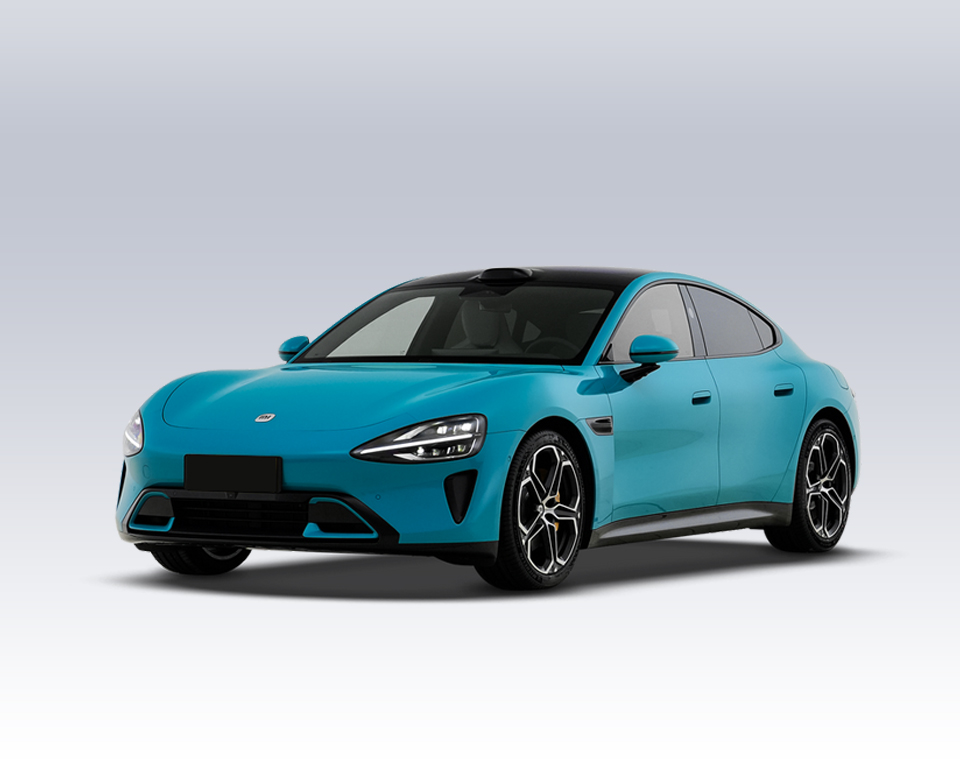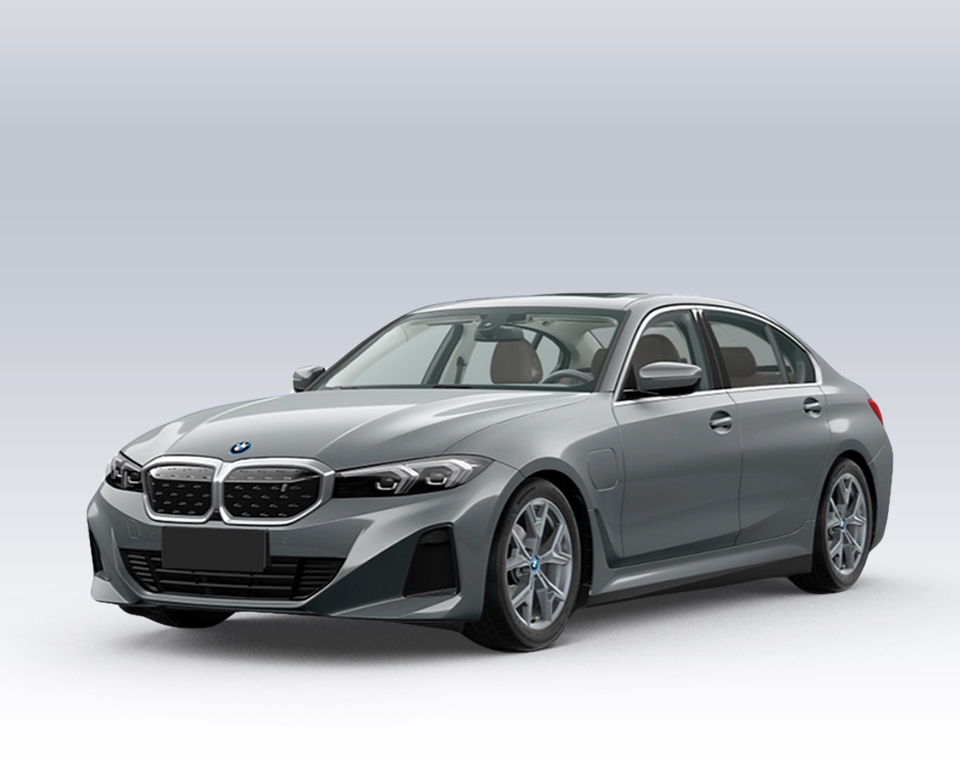Unlocking the "Heart" of EVs—Complete Guide to Electric Motors
As we move into 2025, the electric vehicle (EV) industry continues to surge forward, with electric motors—the heart of every EV—becoming increasingly powerful and intelligent. But what’s behind this rapid progress? This guide explores the technology, types, and strategies of EV motors to help you better understand what powers your vehicle.
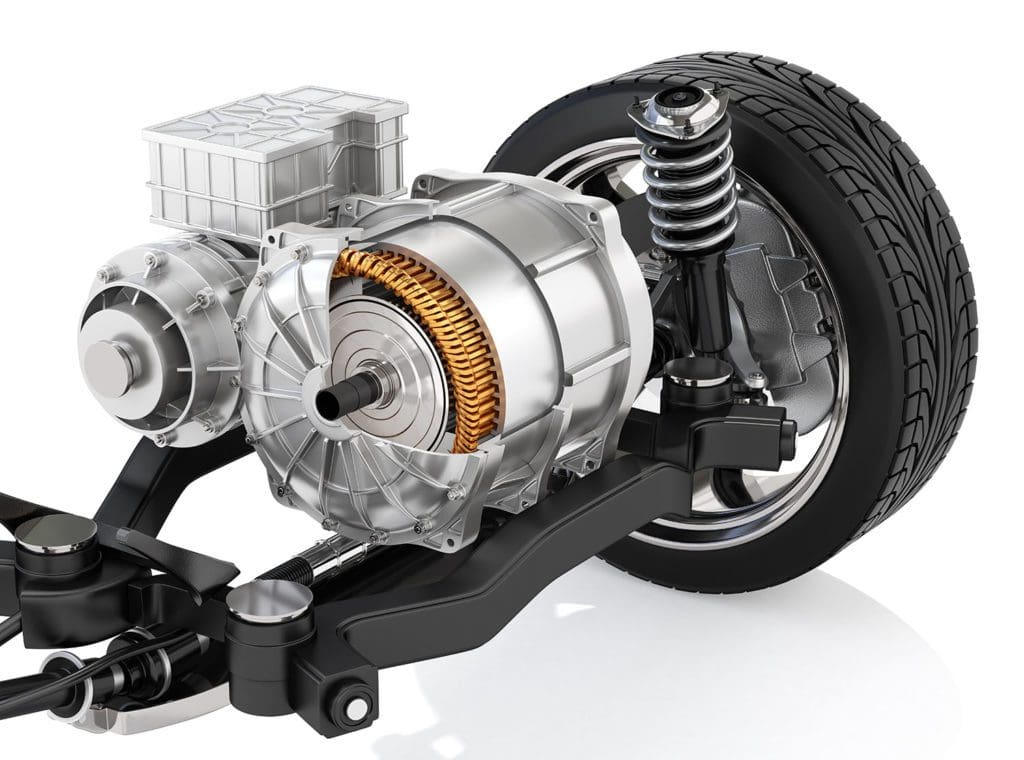
🚀 1. Why Are EV Motors Getting So Powerful?
Electric motors are now reaching staggering performance levels. Some single-motor systems boast peak outputs close to 580 kW, comparable to V10 or even V12 gasoline engines. But don’t let the numbers scare you—there’s a lot more under the hood worth exploring.
Peak Power vs. Rated Power
Peak Power: The headline figure you see on spec sheets. It’s usually sustainable only for seconds due to heat and power delivery limits—exceeding this can damage magnets or insulation.
Rated Power: The consistent, sustainable output level. This is what truly matters for everyday driving.
For example, the BYD Han L EV has a rear motor with a peak of 580 kW but a rated power of 300 kW—about half. This reflects high efficiency and a realistic measure of performance.

⚙️ 2. No Gearbox? How Do EVs Still Perform So Well?
While gasoline vehicles rely on multi-gear transmissions, EVs manage speed and torque through motor control—adjusting frequency and RPM. Different motor designs bring different performance traits:
A smaller gap between peak and rated power means better short-term performance.
At high speeds, peak power tends to decrease, affecting top speed.
The motor type affects low-speed torque, energy efficiency, and driving stability.
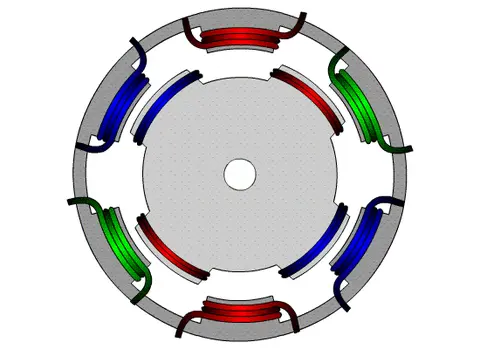
🔍 3. A Deep Dive into Common Motor Types
There are three primary types of motors used in today’s EVs:
AC Induction Motors
Permanent Magnet Synchronous Motors (PMSM)
Others, such as Excitation Motors and Switched Reluctance Motors
⚡ AC Induction Motor (Asynchronous Motor)
This classic design uses a stator to generate a rotating magnetic field, and the rotor spins via induced current. The name “asynchronous” refers to the rotor always lagging slightly behind the magnetic field to maintain induction.
Pros:
Simple structure
Cost-effective
Excellent heat resistance (great for high-speed, high-load use)
Cons:
Higher energy loss
Complex control systems
Less efficient than PMSMs
Example: The Tesla Model 3 Performance uses an AC induction motor at the front and a PMSM at the rear—balancing low-speed torque with high-speed endurance.
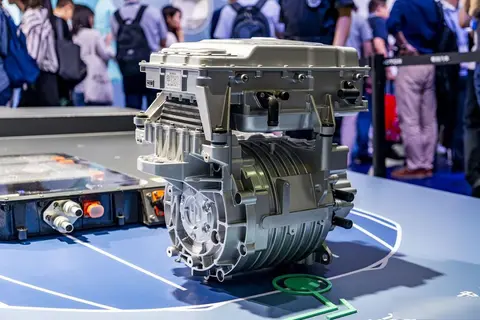
⚡ Permanent Magnet Synchronous Motor (PMSM)
This motor embeds neodymium magnets in the rotor, allowing it to rotate in sync with the stator’s magnetic field. No induction means faster response and better efficiency.
Pros:
High power density
Excellent low-speed torque
High precision control
Great for range and efficiency
Cons:
Expensive magnet materials
Can demagnetize at high temperatures
Needs “weak magnetic control” at high speeds, reducing efficiency
Popular Choices: BYD, SAIC MINIEV, Porsche Taycan—all utilize PMSMs, often paired with other motors for balance.
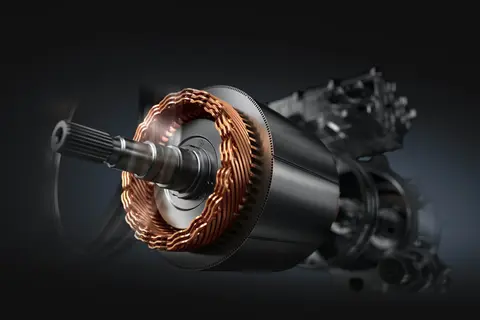
🧠 4. Other Motor Types You Should Know
🔋 Excitation Synchronous Motor
Similar to PMSMs, but uses electromagnetic coils instead of permanent magnets. This allows adjustable magnetic strength and linear response across speeds. However, the reliance on slip rings and brushes increases maintenance needs. Rare in passenger EVs, more common in commercial applications.
🔧 Switched Reluctance Motor
Known for rugged construction and affordability. While gaining popularity in industry, its noise and complex control have hindered widespread use in passenger EVs—for now.
🧩 5. The Art of Motor Combinations
Many EV manufacturers are adopting hybrid motor systems that combine the strengths of multiple motor types:
Low speeds: PMSMs provide instant torque and quick response.
High speeds: AC induction motors offer smooth, efficient cruising.
Two-speed gearboxes (like in the Taycan) further improve high-speed performance by mitigating PMSM’s magnetic weakening effect.

🧭 6. Choosing the Right Motor Setup
| Motor Setup | Advantages | Ideal For |
|---|---|---|
| Single PMSM | Fast response, energy-efficient | City driving, short commutes |
| PMSM + AC Induction Combo | Balanced, cost-effective | Mixed usage, long-distance travel |
| Dual PMSM | Maximum power, performance handling | Enthusiasts, racing or performance EVs |
🧠 7. One Sentence to Remember
PMSMs are like explosive sprinters—quick and powerful.
Induction motors are marathoners—durable and consistent.
Together, they make the ideal hybrid athlete.
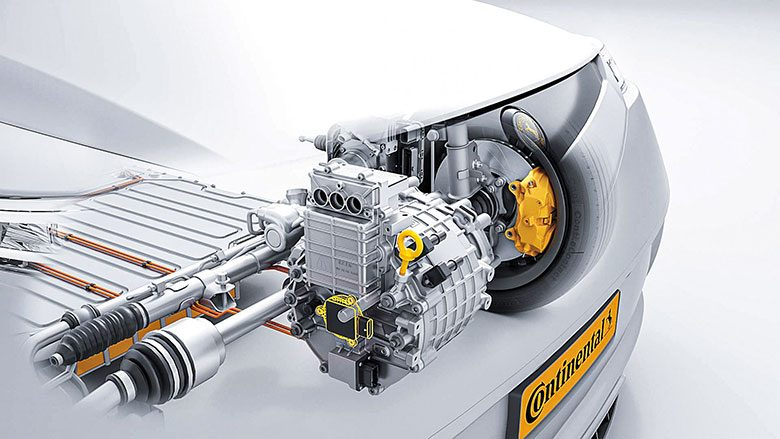
🧩 Conclusion
Electric motors are more than just powerful components—they are intricate systems where power, efficiency, cost, and thermal stability must be balanced. As technology continues to evolve, so does the sophistication of EV drivetrains.
From high-response PMSMs to heat-resistant induction motors, and even adaptable excitation types, every motor represents a unique trade-off in performance, range, and cost. Understanding these differences helps consumers make smarter, future-proof vehicle choices.
We hope this guide has given you a deeper look into the “heart” of electric vehicles—and the intelligence that drives them forward.
Please explore our blog for the latest news and offers from the EV market.


